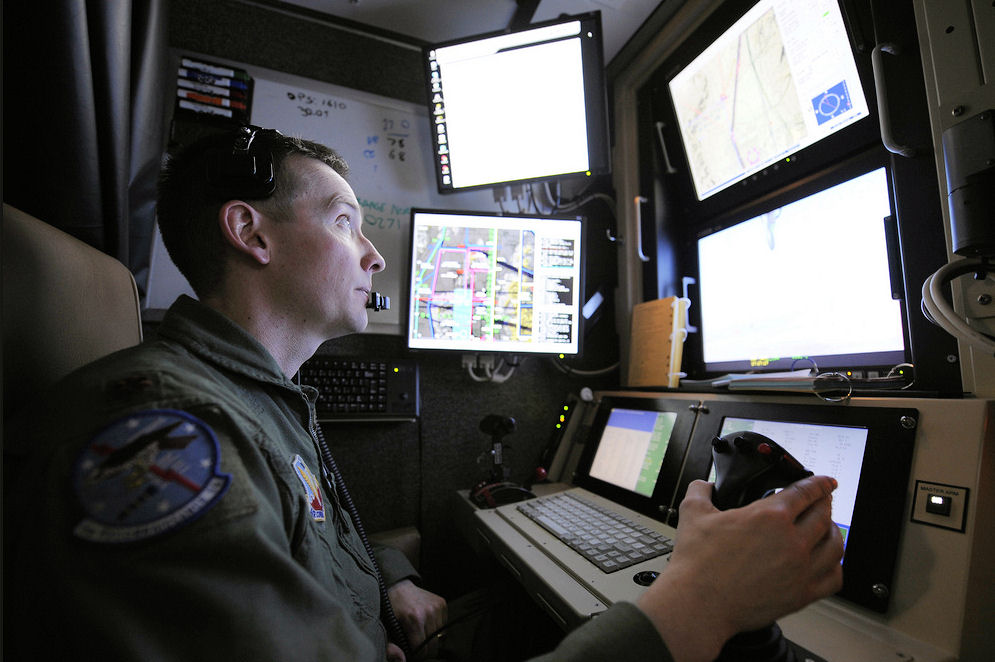

While the vast majority of U.S. Air Force pilots still control their aircraft from inside the cockpit, about 8.5 percent are drone pilots who operate their vehicles remotely. That percentage is expected to grow, but there’s a problem: the Air Force can’t get enough people to volunteer for the training, according to a new report written by Air Force Colonel Bradley Hoagland for the Brookings Institution think tank.
Here’s the challenge: Drones are usually chosen for jobs that are “dirty, dangerous, or dull“—with dull being the key word here. Some surveillance drones require round-the-clock shifts, and the very stressful work is so time intensive that drone pilots often cannot take advantage of additional training and education, which in turn dampens their prospects for career advancement, according to the study.
Burnout also seems to be a major concern, as drone pilots quit at three times the rate of manned aircraft pilots.
If the Air Force can figure out how to get more people to sign up for drone training, the problem should self-correct: A larger pool of drone pilots would hopefully mean shorter shifts and more time for career advancement.
One way to increase the number of drone pilots would be for the Air Force to alter its requirements for pilots. The Air Force only allows commissioned officers to fly drones, and commissioned officers must have a bachelor’s degree in addition to technical training. By contrast, the Army allows warrant officers, who only need a high school diploma or GED, to fly both unmanned aircraft and helicopters.
Or, it just might be that actually flying through the air will always be more awesome that piloting an aircraft from the ground.
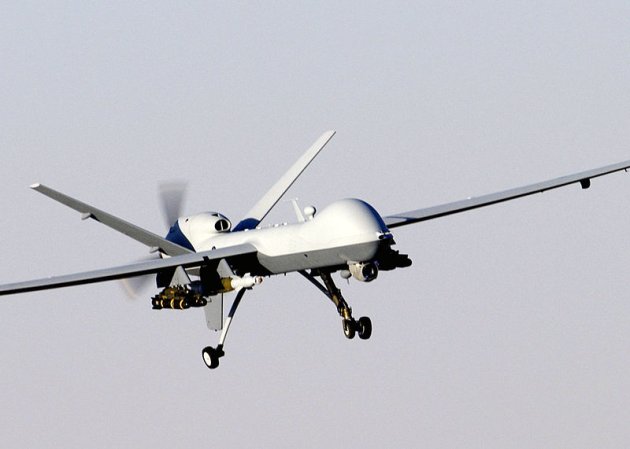
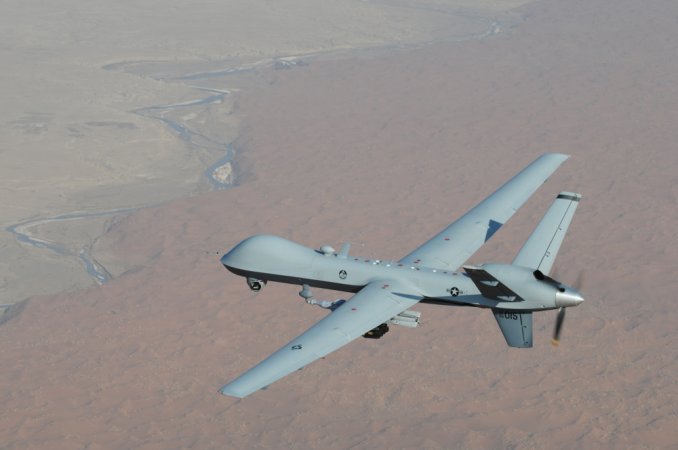



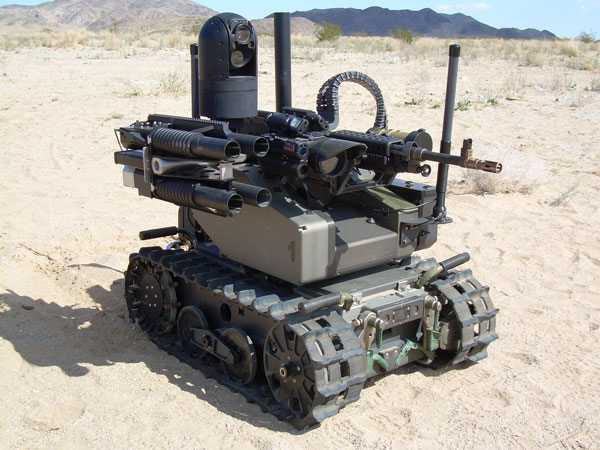
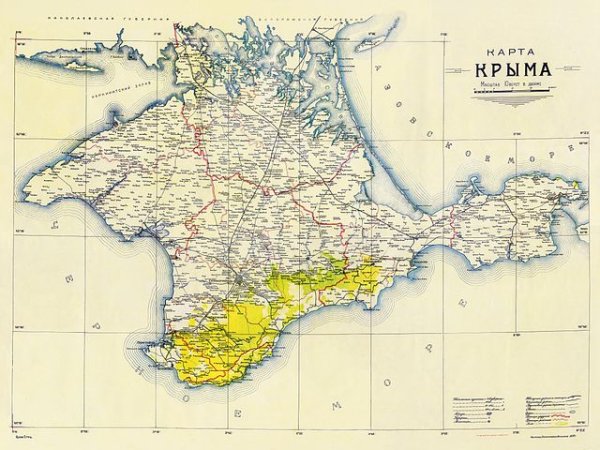
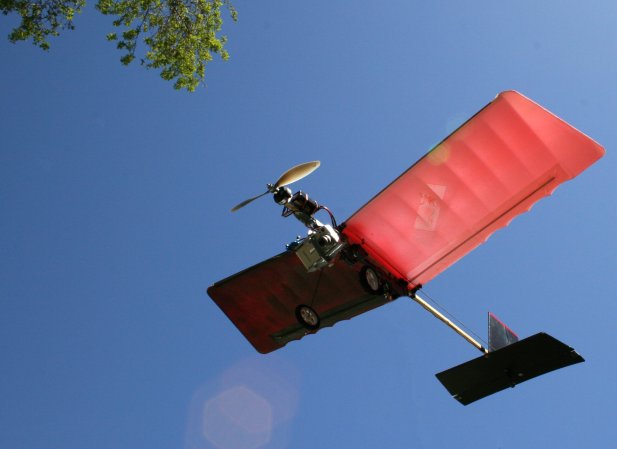
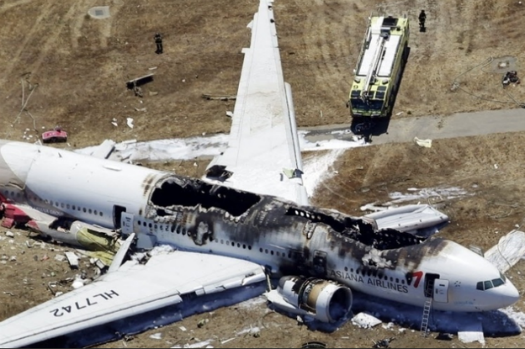




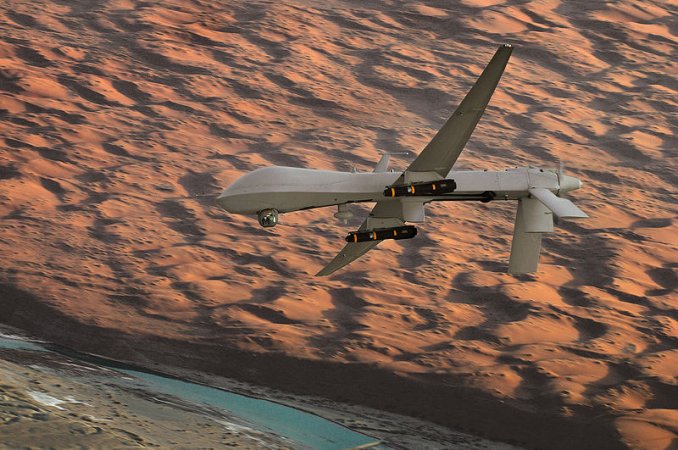






![Navy Completes First Flight Of Game-Changing MQ-4C Triton Spy Drone [Video]](https://www.popsci.com/wp-content/uploads/2019/03/18/D33E2UCQIGZFRUAJJ7FGGLCYYU.jpg?quality=85&w=600)